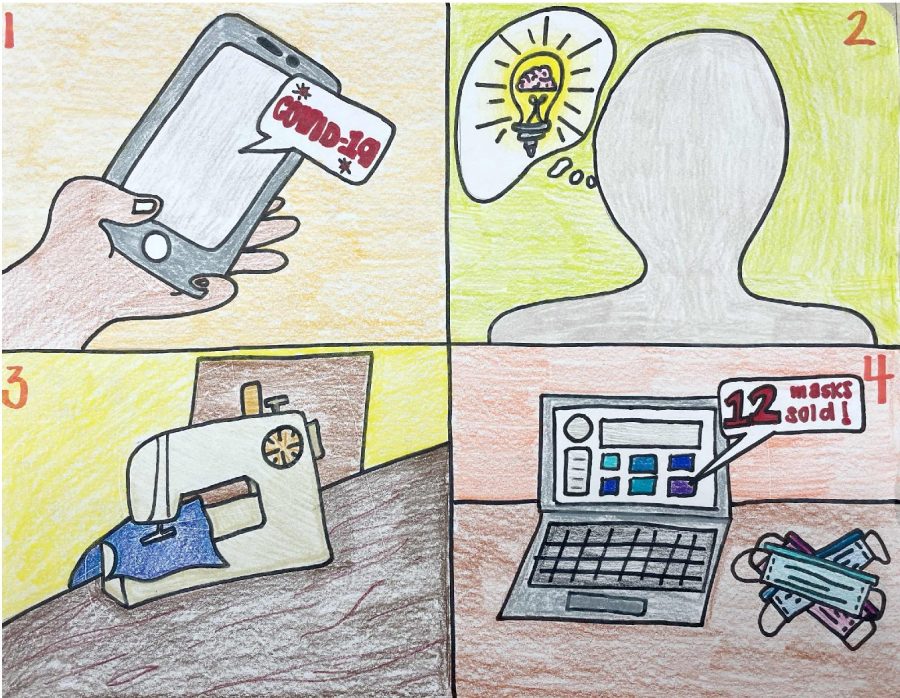Over the past 50 years, more people have transferred to the quick, eco-friendly and easy-to-use computer.
With many school textbooks going online and the option of emailing papers to teachers, the need for technology is maximized. Schools are trying to be computer-based in hopes of helping the environment and for the convenience of teachers and students.
What people may not know is what so much screen time can do to one’s health.
According to the U.S. Bureau of Labor Statistics, computers are used by 100 million people at work. More than half of users have noticed a change in their ability to see.
Computer users have experienced blurred vision, irritation of the eyes, headaches, changes in color perception and trouble with refocusing their eyes. These symptoms have been so common that there is a diagnosis for it – Computer Vision Syndrome (CVS).
CVS involves trouble with vision or headaches because of the amount of time spent on the computer. It isn’t limited to only those who use computers. It also affects people who play video games, watch television and spend time staring at their cell phones.
CVS can get worse. Looking back and forth between the computer screen and paper, the eyes grow tired. This function requires a lot of effort from the eye muscle because the eyes are forced to adjust frequently to see an image that the brain can interpret.
Working on a computer can be more challenging on the eyes than reading paper because of the harsh glare of the computers. The older the computer user, the harder working at a computer becomes. This is because as people age, eyes becomes less flexible.The ability to focus near and far on objects starts to become extremely difficult after age 40.
Although CVS is common, it is easily preventable. Pennmedicine.org gave the following tips to lessen the chances of experiencing Computer Vision Syndrome:
- Reduce the glare of the computer screen by dimming the lights in the room, closing the shades, or lowering the brightness of the screen.
- Keep screen at, or just beyond arm’s length (20-26 inches). This keeps eyes at a comfortable distance.
- The center of the screen should be 4-8 inches lower than the eyes. This way, the neck relaxes, and the less of the eye is exposed, which will reduce dryness and itching.
- Keep knees bent at a 90 degree angle with the feet flat on the floor. Sit straight against a backrest with the forearms and elbows bent at a 90 degree angle. Sitting like this will lessen the chance of experiencing migraines from too much exposure to the computer screen.
- Every 15 minutes, take a break from the computer. Taking time out to stretch and look around will help muscles and give the eyes a chance to relax.
































